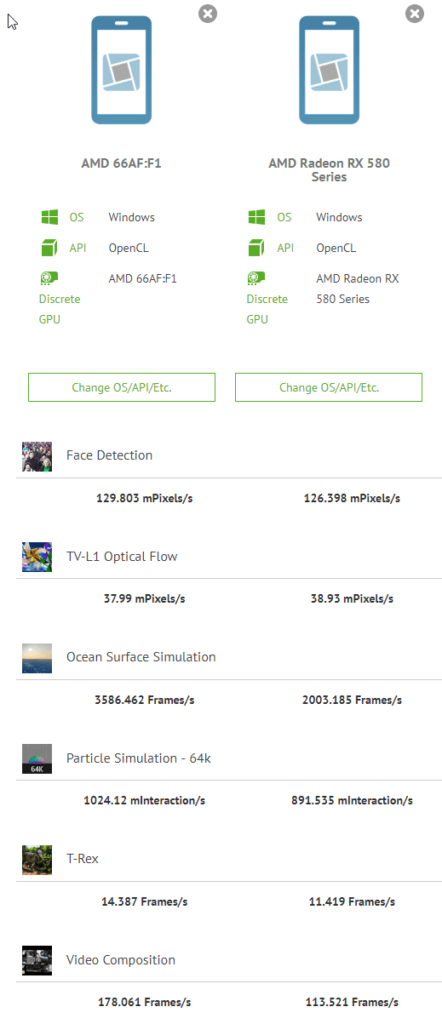I expect bog standard Zen 2 chiplets in next gen consoles. Probably a six core variant with sub par frequency compared to desktop counterparts. While six core variants can still command a pretty good ASP, lower frequency ones ... not so much. This way MS and Sony tap into the lower value tail of AMDs CPU sales.
The GPU is pure speculation at this point, but I'm guessing something with computational prowess equivalent to a 40 CU Vega running at 1.8GHz, ~18-19 TFLOPS with 16bit FP, using a 256 bit 14GHz GDDR6 memory subsystem. Radeon VII's 7nm die is 331mm² with 60 of 64 CUs active, a similar system with 40CUs (of 44) would be ~230mm².
IMO, the most interesting bit is the storage system. A lot has changed in the past 4 to 5 months. Dram is now at $5/GB, but flash has completely collapsed, with a wafer spot price of <$5 for a 512Gbit die, that's less than 8 cents per GB. There is not doubt GDDR6 is more expensive than DDR4, but let's use the $5/GB as a lower bound. Putting 32GB in a next gen console will cost $80 over a 16GB unit. That $80 will buy you a TB of flash storage. I could imagine one or both vendors to opt for 16GB DRAM and >1TB flash storage, using a very high throughput storage controller.
Cheers
The GPU is pure speculation at this point, but I'm guessing something with computational prowess equivalent to a 40 CU Vega running at 1.8GHz, ~18-19 TFLOPS with 16bit FP, using a 256 bit 14GHz GDDR6 memory subsystem. Radeon VII's 7nm die is 331mm² with 60 of 64 CUs active, a similar system with 40CUs (of 44) would be ~230mm².
IMO, the most interesting bit is the storage system. A lot has changed in the past 4 to 5 months. Dram is now at $5/GB, but flash has completely collapsed, with a wafer spot price of <$5 for a 512Gbit die, that's less than 8 cents per GB. There is not doubt GDDR6 is more expensive than DDR4, but let's use the $5/GB as a lower bound. Putting 32GB in a next gen console will cost $80 over a 16GB unit. That $80 will buy you a TB of flash storage. I could imagine one or both vendors to opt for 16GB DRAM and >1TB flash storage, using a very high throughput storage controller.
Cheers

